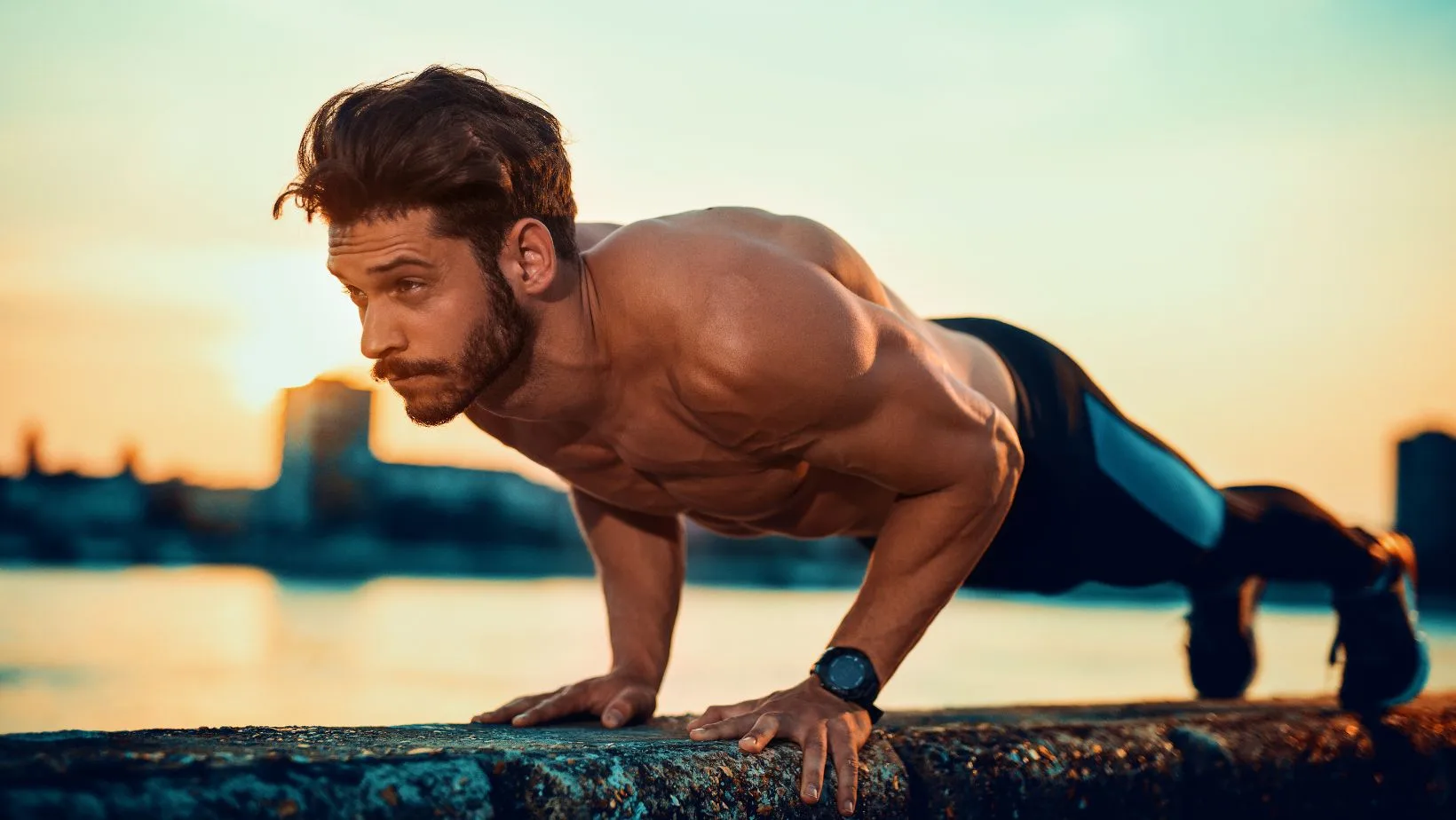Struggling to find time for exercise in your busy life? Despite the challenges of today’s fast-paced world, daily physical activity is essential for maintaining overall health, enhancing mood, and boosting energy levels.
Incorporating daily exercise also helps you maintain a healthy weight and supports mental well being, making it a crucial part of a balanced lifestyle.
The best part? You don’t need a gym membership or fancy equipment to get a fantastic workout. Here are seven simple exercises you can do every day to stay fit and healthy.
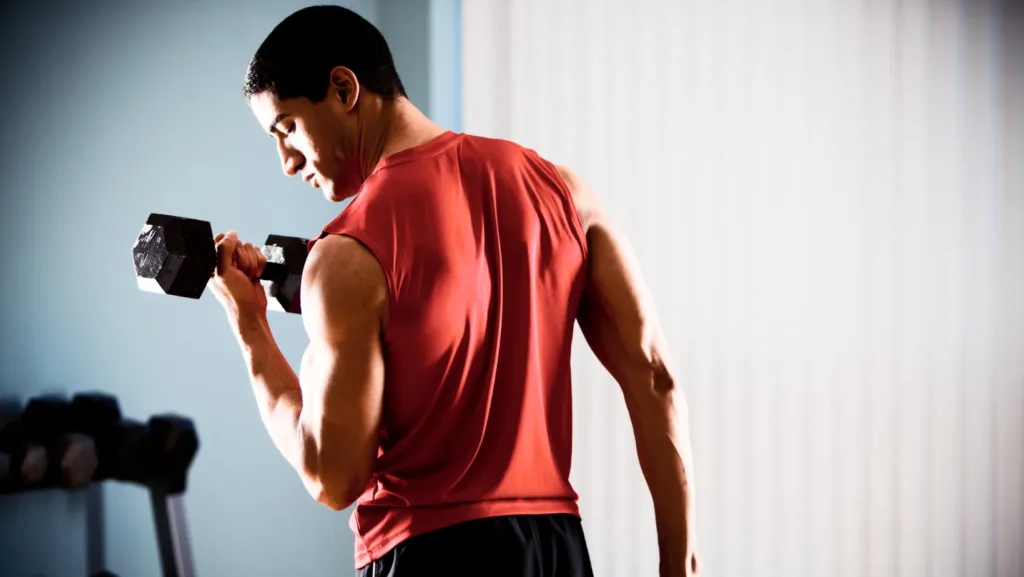
Introduction to Daily Exercise
Daily exercise plays a crucial role in supporting a healthy lifestyle, offering benefits that go far beyond just physical appearance. Engaging in regular physical activity, such as push ups, squats, or lunges, can significantly boost your upper body strength, lower body strength, and core stability.
These simple exercises are accessible to everyone, regardless of fitness level, and can be performed in your own home with little to no equipment. By making daily exercise a part of your routine, you not only strengthen your body but also enhance your mental health and overall well being.
Incorporating movement into your everyday life helps improve overall stability and balance, making daily tasks easier and reducing the risk of injury. Whether you’re just starting out or looking to maintain your fitness, adding these exercises to your daily routine is a powerful step toward better overall health.
Benefits of Exercise
The benefits of regular exercise extend to nearly every aspect of your health. Engaging in strength training exercises like push ups, squats, and lunges helps activate major muscle groups, building muscle strength and endurance throughout the body.
These exercises also help burn calories, making it easier to manage your weight and reduce the risk of heart disease and other chronic diseases. Cardiovascular health is improved through activities that get your heart rate up, while exercises that engage the core muscles, such as planks, promote better posture and overall stability.
Beyond the physical benefits, regular exercise plays a crucial role in supporting mental health by reducing stress and anxiety, boosting mood, and enhancing your overall sense of well-being. By making exercise a consistent part of your daily routine, you’ll experience more energy, better posture, and a higher quality of life.
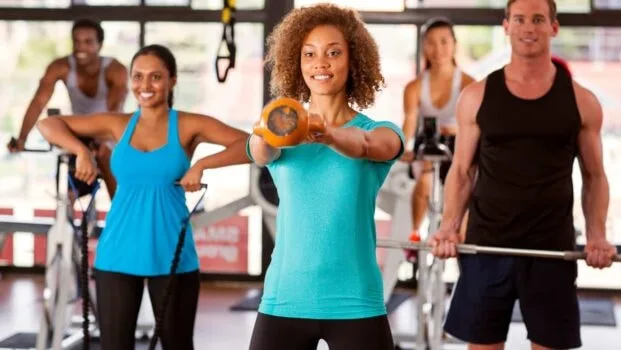
Best Exercises To Do Everyday
1. Walking: The Ultimate Low-Impact Exercise
An easy and effective way to exercise is to walk. There is no need for special equipment and it can be done almost anywhere. Regular walking has been linked to numerous health benefits, including improved cardiovascular health.
Walking supports the cardiovascular system by improving heart function and circulation. It is suitable for all fitness levels, from beginners to advanced, making it an accessible option for everyone.
Regular brisk walking can also help you lose weight by burning more calories throughout the day, supporting your weight management goals and enhancing your mood. Aim for at least 30 minutes of brisk walking every day to reap the rewards.
2. Bodyweight Squats: Build Lower Body Strength
To perform a squat, start with your feet shoulder-width apart and keep your feet flat on the ground for stability. Lower your body with your knees bent to about 90 degrees, keeping your weight in your heels.
Bodyweight squats use your own body weight for resistance, and as you progress, you can add weights for increased intensity. Squats target key muscle groups such as the quadriceps, hamstrings, and glutes while also engaging the core muscles for stability.
Planks are performed in a push-up position with hands directly under shoulders, core muscles engaged, and hands straight from head to heels. Planks should be held for 30-60 seconds, gradually increasing in duration as your strength increases.
3. Planks: Strengthen Your Core
A strong core is essential for maintaining good posture and preventing injuries. Planks are a simple yet effective exercise for targeting the muscles of the core, including the abdominals, obliques, and lower back.
Planks are performed in a push-up position with hands directly under shoulders, core muscles engaged, and your body forming a straight line from head to heels. Keep your core tight and your body stable throughout the exercise to maximize effectiveness and minimize movement or sway. Regular planking helps develop more stability in your core and overall body.
Planks should be held for 30-60 seconds, gradually increasing in duration as your strength increases.

4. Push-Ups: Upper Body Strength and Endurance
Push-ups are a classic exercise that targets the muscles of the chest, shoulders, and triceps. Stability is also achieved by engaging the core muscles. To perform a push-up, start in a plank position with your hands slightly wider than shoulder-width apart.
Keep your core tight throughout the movement, lower your body until your chest nearly touches the ground, and return by pressing through your palms. Advanced variations, such as push-ups with one arm lifted (like the T-stabilization push-up), can further challenge your strength and stability.
If standard push-ups are too challenging, you can modify them by performing them from your knees or against a wall. Aim for three sets of 8-12 repetitions.
Tip: If you’re determined to stay fit, active, and vibrant at any age, Shawn Phillips Training offers the expertise and support you need to achieve your health and fitness goals. Shawn Phillips is a certified personal trainer in Los Angeles who prioritizes proper technique and form, ensuring that every exercise is performed safely and effectively.
Consulting a fitness trainer or physical therapist can help you maintain correct form and prevent injury, especially when attempting advanced variations.
Whether you’re a beginner looking to establish a fitness routine or an experienced athlete seeking to optimize your performance, he is here to provide personalized guidance tailored to your unique needs and aspirations.
With his proven holistic approach to fitness, you can unlock your full potential, feel rejuvenated, and enjoy a healthier, more fulfilling lifestyle.

5. Jumping Jacks: Cardiovascular Conditioning
Jumping jacks improve cardiovascular fitness and raise your heart rate. Additionally, they improve coordination and agility. To perform a jumping jack, start with your feet together and arms at your sides, then jump your feet out to the sides while raising your arms overhead.
Restart by jumping back to the starting position. Aim to perform jumping jacks continuously for 1-2 minutes as part of your warm-up or cardio routine. Jumping jacks are a good workout for improving cardiovascular fitness and burning calories.
6. Bicycle Crunches: Target Your Abs and Obliques
Bicycle crunches are a highly effective exercise for targeting the abdominal muscles and obliques. They also engage the hip flexors and lower back muscles, making them excellent for working key muscle groups.
To perform bicycle crunches, lie on your back with your hands behind your head, lift your shoulders off the ground, and bring your knees towards your chest. As you bring your elbow to your knee, extend the opposite leg out straight.
Alternate sides in a fluid motion, aiming for three sets of 12-15 repetitions. To maintain control and proper form, slowly lower your shoulders and legs back to the starting position after each repetition.
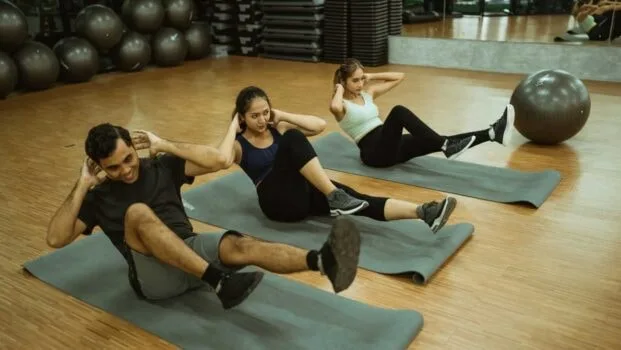
7. Stretching: Improve Flexibility and Mobility
Stretching is often overlooked but is an essential component of any exercise routine. It helps to improve flexibility, mobility, and range of motion while reducing the risk of injury. Stretching also improves hip flexibility, which is important for mobility and posture.
Focus on stretching all major muscle groups, including the calves, quadriceps, hamstrings, hips, chest, shoulders, and back. For certain stretches, such as hamstring stretches, you should keep your legs straight to maximize the stretch.
Each stretch should be held for 15-30 seconds and repeated 2-3 times on each side. Incorporating these seven exercises into your daily routine can help you maintain a healthy and active lifestyle.
Whether you have five minutes or an hour to spare, there’s always time to prioritize your health and fitness.
So lace up those sneakers, roll out your yoga mat, and commit to making exercise a daily habit. Your body will thank you for it.
Incorporating Exercise into Your Daily Routine
Making exercise a regular part of your daily routine doesn’t have to be complicated. Start by choosing a few key exercises that target different muscle groups, such as push-ups for the upper body and squats for the lower body.
Begin with a manageable number of repetitions and sets, and gradually increase the intensity as your body adapts. Try to schedule your workouts at the same time each day—whether it’s a brisk walk in the morning or a quick set of exercises after work—to help build consistency.
You can also sneak physical activity into your day by taking the stairs, doing a few jumping jacks during TV commercials, or going for a walk during your lunch break. The key is to find opportunities to move your body and make exercise a natural part of your daily routine.
Remember, even small amounts of physical activity add up and contribute to better health.
Common Mistakes to Avoid
When starting a new exercise program, it’s important to avoid common mistakes that can hinder your progress or lead to injury. One frequent error is skipping a proper warm-up, which prepares your muscles and body for exercise and helps prevent strains.
Using incorrect form—such as letting your hips sag during push-ups or not keeping your knees aligned during squats—can put unnecessary stress on your muscles and joints. Overexerting yourself by doing too much too soon can also lead to fatigue or injury, especially if you’re new to exercising.
Instead, focus on learning the correct technique, start with a comfortable intensity, and gradually increase your workload as your body adapts. Always listen to your body and rest when needed, as recovery is just as important as the exercises themselves for building strength and maintaining overall health.
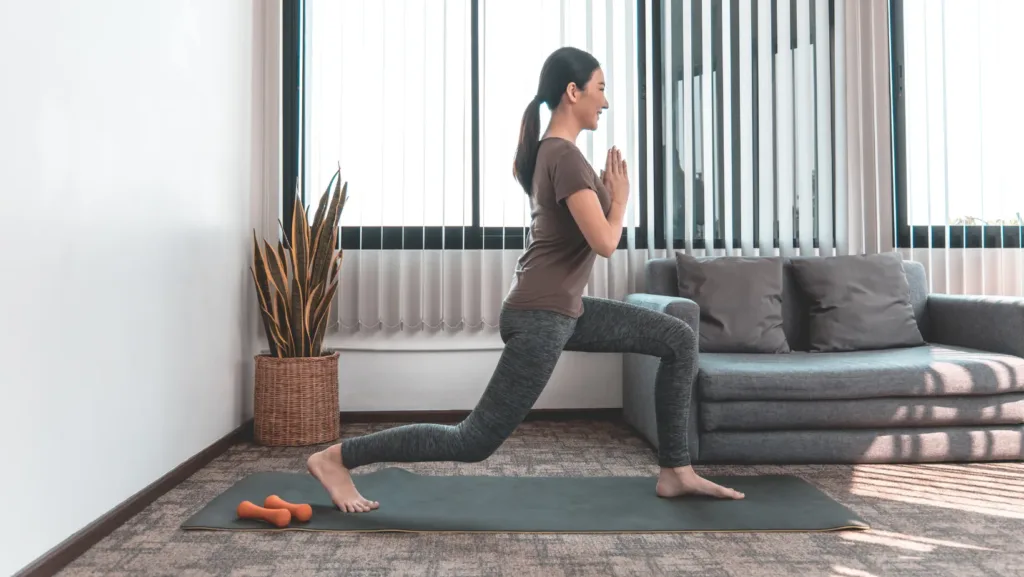
Staying Motivated
Maintaining motivation is key to making exercise a lasting habit. One of the best ways to stay motivated is to choose exercises you genuinely enjoy, whether that’s a brisk walk, a dance class, or a set of push-ups at home. Exercising with a friend or family member can add accountability and make your workouts more fun.
Tracking your progress—such as noting how many repetitions you can do or how far you can walk—can help you see your improvements and keep you inspired. Celebrate your achievements, no matter how small, and reward yourself with something positive, like new workout gear or a relaxing massage.
Remember, everyone has off days, but what matters most is getting back on track and focusing on your goals. With a positive mindset and a commitment to regular exercise, you’ll build a routine that supports your health and happiness for the long term.


